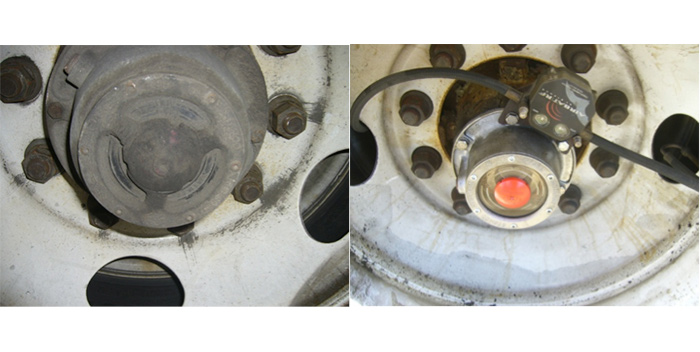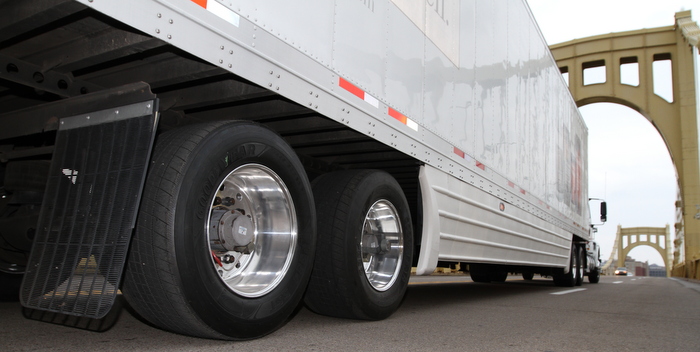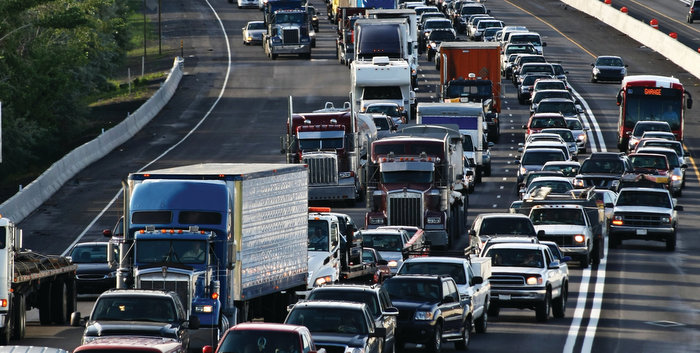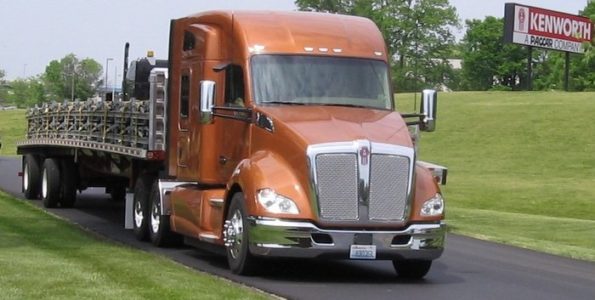Fuel costs are always a top concern for fleets. Specifying the most fuel-efficient vehicles is a key factor for ensuring fuel efficiency—and every fleet has its preferred vehicle and component combinations. But as the next EPA and NHTSA rules for heavy-duty vehicle fuel efficiency and greenhouse gas (GHG) rulemaking push the envelope on fuel consumption and CO2 targets, specifying the most fuel-efficient truck will become a more exacting science. Engine and truck OEMs continue to work on technology that will accomplish the government goals.
Recently, David Hames, general manager, marketing and strategy, Freightliner Trucks, talked about the company’s fuel consumption goal initiatives, which he said would help the truck maker meet proposed EPA GHG regulation targets effectively and provide greater efficiencies for fleets. He noted that Freightliner is focusing on leveraging current and new technology that involves vehicle systems integration, which includes powertrain integration, energy and parasitic load management, vehicle weight reduction, waste heat recovery, improved aerodynamics and engine technology.
The improved aerodynamic options include external vehicle additions like roof deflectors, chassis skirts, bumper closeouts and chassis fairings. The onboard technology includes controls such as predictive cruise controls, variable speed fans and direct drive transmissions. Hames noted that initial packages would be available later this year with subsequent packages of new features becoming available in the future. The company’s goal for increased fuel economy is 5% MPG every two years.
As the truck maker continues to enhance products to meet EPA 2014 goals, Hames said it would be helping buyers maximize fuel efficiency through a specifying process that includes a more comprehensive look at vehicle applications to make sure all components and systems are optimized for the job. The goal is to offer customers an optimized, integrated system rather than a mix-and-match component vehicle.
The totally integrated truck concept is not one that most fleet managers embrace. However, the rationale for specifying integrated systems on vehicles will become more compelling as the industry is forced to push the envelope on fuel efficiency and emission regulation compliance. It’s not as though the concept is new or unproven. In Europe, trucking fleets get a “packaged deal” when they choose a truck nameplate—and their loyalties to those vehicles remain fairly consistent. But this is not Europe, and the concept will be a harder sell here.
However, it all boils down to how fleet trucks will be specified to save their owners the most money. We’re already learning about the fuel saving benefits of automated manual transmissions and more aggressive aerodynamic designs and devices. It may be only a matter of time before some fleets start test-driving more fully-integrated vehicles to optimize fuel efficiency.









